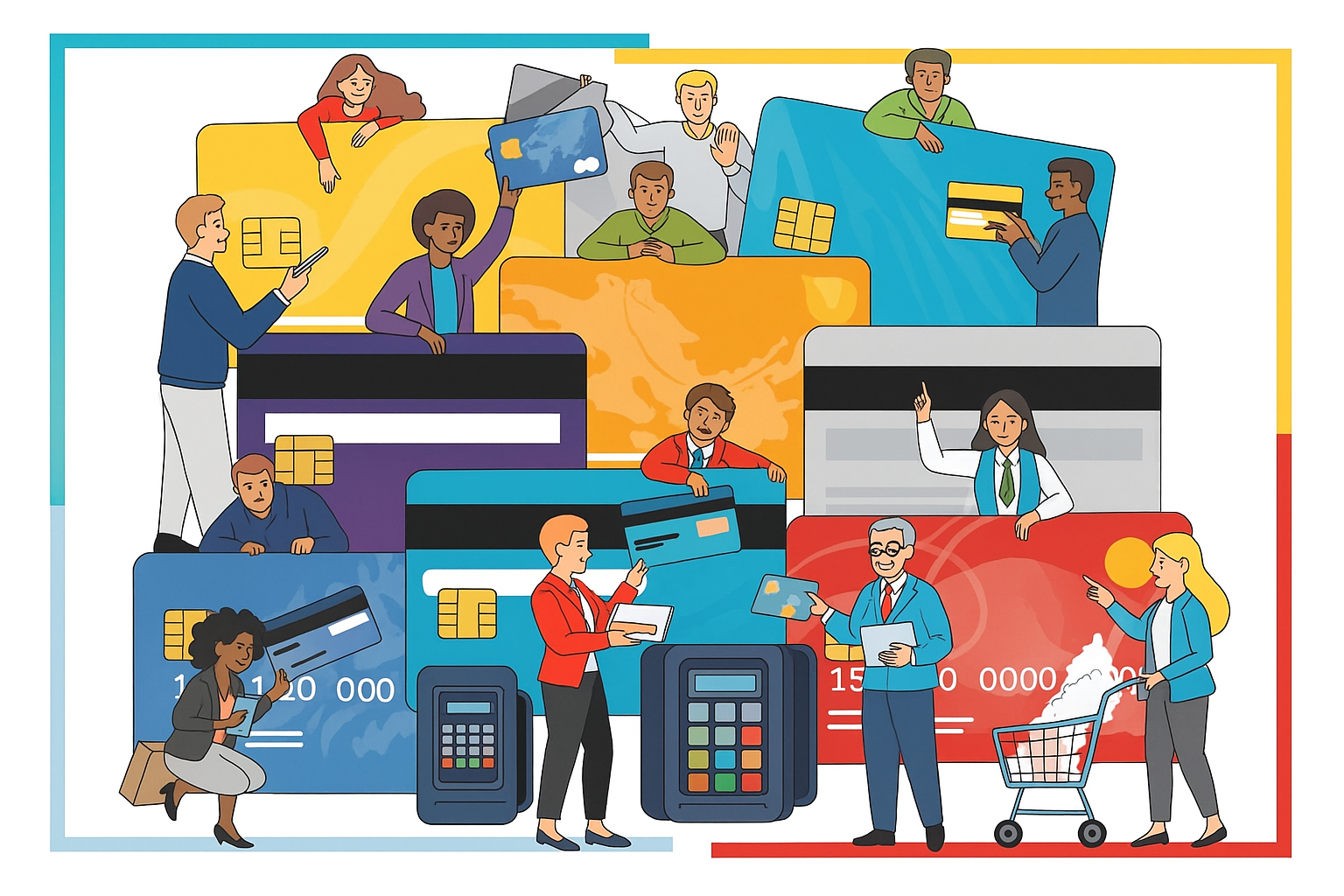What is UPI?
Unified Payments Interface (UPI) is a real-time payment system developed by the National Payments Corporation of India (NPCI). It allows users to link multiple bank accounts into a single mobile application, facilitating seamless money transfers and payments. UPI has revolutionised the way people conduct transactions in India, making it easier and quicker to send and receive money.
How UPI Works in India
UPI operates through a simple mobile application that you can download on your smartphone. To use UPI, you need to create a unique identifier known as a Virtual Payment Address (VPA), which acts like an email address for your bank account. You can then link your bank account to this VPA.
When you make a payment, UPI processes the transaction in real-time, allowing you to send or receive money instantly. It works 24/7, including weekends and holidays, and requires only a mobile device and internet connection. UPI has gained immense popularity, with millions of transactions being processed daily across various sectors, from shopping to bill payments.
The Role of Visa and Mastercard in Digital Payments
Overview of Visa and Mastercard
Visa and Mastercard are two of the largest payment networks in the world. They provide the infrastructure that enables electronic payments between consumers, merchants, and banks. Both companies facilitate credit and debit card transactions globally, allowing you to make purchases both online and in physical stores.
How Visa and Mastercard Operate
Visa and Mastercard operate through a card-based system where consumers use their credit or debit cards to make payments. When you swipe your card, the payment processor communicates with your bank to authorise the transaction. The funds are then transferred from your bank to the merchant’s account, usually within a few business days.
While Visa and Mastercard have established a strong presence in the digital payments landscape, their systems are primarily designed for card-based transactions rather than direct bank transfers like UPI.
Reasons for Incompatibility with UPI
Regulatory Framework in India
One of the main reasons Visa and Mastercard credit cards do not work with UPI is due to the regulatory framework in India. The Reserve Bank of India (RBI) oversees all payment systems in the country, ensuring that they comply with local regulations. UPI is designed to promote bank-to-bank transfers, and the RBI has set specific guidelines for how these transactions should be conducted.
Visa and Mastercard operate under different regulations, which can create a mismatch when trying to integrate their systems with UPI. The RBI’s emphasis on promoting local payment systems has led to a preference for UPI over traditional card networks.
Technical Limitations
Another significant factor is the technical limitations associated with integrating card networks into the UPI system. UPI relies on direct bank transfers, while Visa and Mastercard work through card networks. This fundamental difference means that adapting the infrastructure of Visa and Mastercard to fit the UPI framework is not straightforward.
Moreover, UPI transactions are often processed using a different set of protocols that are not compatible with traditional card-based systems. This creates a barrier that currently prevents credit card transactions from being processed through UPI.
Business Models and Partnerships
The business models of Visa and Mastercard are also a consideration. These companies generate revenue through transaction fees charged to merchants and banks for using their payment networks. In contrast, UPI operates on a different model, focusing on reducing transaction costs and promoting financial inclusion.
The partnerships that Visa and Mastercard have established with banks and financial institutions further complicate the integration with UPI. Each network has its own agreements and operational protocols, making it challenging to adapt to a system that prioritises bank-to-bank transfers.
Potential Implications for Users
Impact on Consumers
The incompatibility of Visa and Mastercard credit cards with UPI has several implications for consumers. For instance, if you prefer using credit cards for online shopping or bill payments, you may find it inconvenient to switch to UPI for transactions. This limitation can affect how you manage your finances, especially if you rely on credit for certain purchases.
However, UPI offers many advantages, including instant transactions, lower fees, and ease of use. As UPI continues to grow in popularity, many consumers are adapting to this new method of payment, finding it a practical alternative to traditional credit and debit cards.
Future of Credit Card Usage with UPI
Looking ahead, there may be potential for collaboration between UPI and card networks like Visa and Mastercard. As digital payments continue to evolve, it is possible that new technologies and partnerships could emerge, allowing for integration in the future. This could mean that you might be able to use your credit card through UPI in a more seamless manner down the line.
Conclusion
As digital payment systems continue to develop, the landscape may change. With advancements in technology and a growing emphasis on collaboration, it is conceivable that credit card integration with UPI could become a reality. For now, understanding the distinctions between these systems will help you navigate the evolving world of digital payments more effectively.



